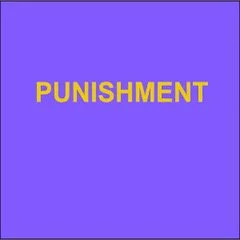By Bowen Cho
In this report, we invite readers to explore the historical, racialized, disablist, and political economic contexts of mass incarceration, including the ways that incarceration has expanded beyond prisons, jails, and correctional supervision in the 21st century. As well, publics often think of incarceration narrowly, such that they make invisible the containment of Disabled people in institutional and extra-carceral systems. This report is in part a corrective and counterpoint to policy papers on disability and criminal legal reform published by non-disability advocacy and mental health advocacy organizations in recent years. Because the ideologies of eugenics, ableism, and disablism are thriving in the 21st century, disability is often used as a rhetorical frame arguing for the restriction of carceralism for certain groups and its expansion for others. Mass incarceration in the 21st century includes physical confinement, but also accounts for the rapidly expanding, technocratic industries of e-carceration and psychotropic incarceration. Our conceptions of physical confinement must go beyond prisons and jails, and include detention centers, psychiatric hospitals, nursing homes, and residential treatment facilities. One cannot replace the other. Recognition of incarcerated people must similarly be expanded to include detained immigrants, people under electronic monitoring and surveillance, and people experiencing involuntary psychiatric commitment. Black people and Indigenous people continue to be disproportionately impacted by policing and carceralism, particularly in the increased criminalization of poverty, houselessness, and mental illness, and the ways that these statuses intersect with racism and disablism.
Berkeley, CA: Disability Rights Education and Defense Fund (DREDF) , 2024. 120p.



